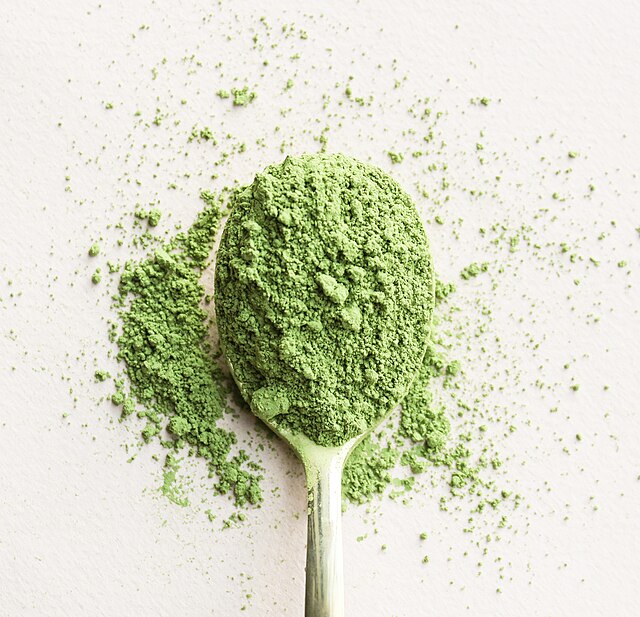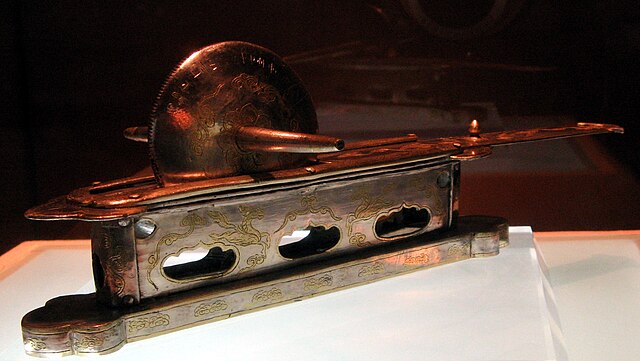The Japanese tea ceremony is a Japanese cultural activity involving the ceremonial preparation and presentation of matcha (抹茶), powdered green tea, the procedure of which is called temae (点前).
Master Sen no Rikyū, who codified the way of tea (painting by Hasegawa Tōhaku)
An open tea house serving matcha (ippuku issen (一服一銭), right) and a peddler selling extracts (senjimono-uri (煎じ物売) left), illustration from Shichiju-ichiban shokunin utaawase (七十一番職人歌合), Muromachi period; Ippuku issen's monk clothing depicts the relationship between matcha culture, tea offerings, and Buddhism
One of the earliest surviving images of the formal serving of tea. Here monkeys, who were sacred to the shrine, imitate humans in a poetry competition that lasts all night. The monkeys try to stay awake by drinking strong green tea, but some have fallen asleep
Jo-an chashitsu (National Treasure)
Matcha (抹茶) ; is a finely ground powder of specially grown and processed green tea leaves that originated in China. Later, the green color exhibited in most modern matcha was developed in Japan, where most matcha is produced today. In the 12th century at the latest, Chinese compressed tea, the raw material for matcha, was introduced to Japan. When the production of compressed tea was banned in China in 1391, matcha was abandoned in China and developed in Japan thereafter.
Matcha
A cup of matcha tea
Various compressed teas
Niǎn, an artifact from Famen Temple.








